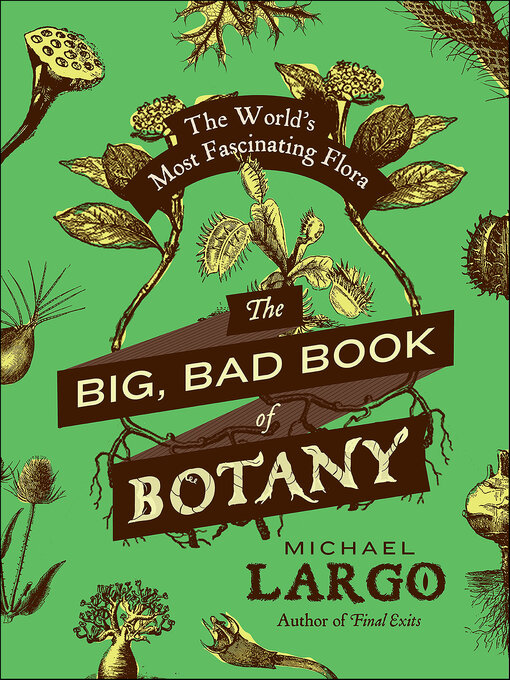David Attenborough meets Lemony Snicket in The Big Bad Book of Botany, Michael Largo’s entertaining and enlightening one-of-a-kind compendium of the world’s most amazing and bizarre plants, their history, and their lore.
The Big, Bad Book of Botany introduces a world of wild, wonderful, and weird plants. Some are so rare, they were once more valuable than gold. Some found in ancient mythology hold magical abilities, including the power to turn a person to stone. Others have been used by assassins to kill kings, and sorcerers to revive the dead. Here, too, is vegetation with astonishing properties to cure and heal, many of which have long since been lost with the advent of modern medicine.
Organized alphabetically, The Big, Bad Book of Botany combines the latest in biological information with bizarre facts about the plant kingdom’s oddest members, including a species that is more poisonous than a cobra and a prehistoric plant that actually “walked.” Largo takes you through the history of vegetables and fruits and their astonishing agricultural evolution. Throughout, he reveals astonishing facts, from where the world’s first tree grew to whether plants are telepathic.
Featuring more than 150 photographs and illustrations, The Big, Bad Book of Botany is a fascinating, fun A-to-Z encyclopedia for all ages that will transform the way we look at the natural world.




